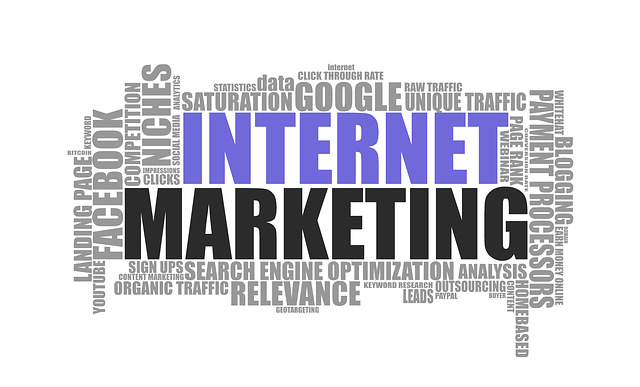In commercial real estate, AI merger/acquisition property alignment tools are revolutionizing operations through advanced data analysis. Integrating these technologies into smart buildings allows managers and investors to gain efficiency, access valuable insights, and optimize various aspects like predictive maintenance, energy usage, and space productivity. By analyzing vast datasets from sensors, occupier feedback, and market trends, AI helps align merger/acquisition decisions with strategic objectives and current market conditions, minimizing risk and maximizing returns for stakeholders.
“The integration of Artificial Intelligence (AI) into commercial real estate is transforming the way we design, manage, and optimize smart buildings. This article explores the multifaceted role of AI in revolutionizing the industry. We delve into how AI merger/acquisition tools facilitate strategic property alignment, enhancing efficiency. Additionally, we examine the potential of AI for intelligent facilities management, offering insights into optimal space utilization. By harnessing these advanced systems, the future of commercial real estate promises enhanced productivity and improved user experiences.”
- Understanding AI's Role in Commercial Real Estate: Unlocking Efficiency and Insights
- The Promise of AI Merger/Acquisition Tools for Property Alignment
- Building Intelligent Facilities: Integrating AI Systems for Optimal Space Management
Understanding AI's Role in Commercial Real Estate: Unlocking Efficiency and Insights

In the evolving landscape of commercial real estate, Artificial Intelligence (AI) is no longer a futuristic concept but a game-changer. By seamlessly integrating AI into smart building systems, property managers and investors can unlock unprecedented levels of efficiency and gain valuable insights that were once difficult to attain. These advanced tools, often referred to as AI merger/acquisition property alignment technologies, have the potential to revolutionize how we manage and optimize our built environment.
AI’s role is multifaceted; it enhances decision-making processes by analyzing vast amounts of data from sensors, occupier feedback, and market trends. This enables predictive maintenance, optimizes energy consumption, and creates healthier, more productive spaces. Moreover, AI can facilitate the matching of property requirements with available assets, ensuring that merger/acquisition decisions are aligned with strategic goals and current market dynamics.
The Promise of AI Merger/Acquisition Tools for Property Alignment

The integration of AI in commercial real estate is transforming the way buildings are managed and optimized. Among the many applications, AI merger/acquisition property alignment tools hold significant promise. These advanced systems leverage machine learning algorithms to analyze vast datasets on market trends, occupancy rates, rental prices, and more. By understanding these patterns, they can predict ideal acquisition targets or identify properties that align with a company’s expansion plans.
This technology enables investors and developers to make data-driven decisions, minimizing risk and maximizing returns. AI tools can quickly assess multiple options, considering complex factors like location, infrastructure, and potential for growth. This capability streamlines the merger/acquisition process, allowing stakeholders to focus on strategic planning rather than tedious data analysis.
Building Intelligent Facilities: Integrating AI Systems for Optimal Space Management

In the realm of commercial real estate, the integration of AI systems is transforming the way buildings are managed and optimized. By merging advanced technologies with property management strategies, facilities can become truly intelligent, self-regulating spaces. This involves leveraging AI merger/acquisition tools to align property data with dynamic market trends, ensuring every square meter contributes to maximum efficiency. Through machine learning algorithms, these systems analyze occupancy patterns, resource consumption, and even environmental factors to create flexible layouts that adapt to changing needs.
Building management no longer relies solely on manual processes; instead, AI-driven solutions enable automated adjustments to lighting, temperature, and ventilation based on real-time usage. This not only enhances comfort for occupants but also significantly reduces operational costs. Moreover, predictive analytics capabilities allow for proactive maintenance scheduling, minimizing downtime and maximizing the lifespan of building infrastructure. As a result, smart building systems integration is revolutionizing the industry, setting the stage for more sustainable and profitable commercial properties.
The integration of AI within commercial real estate is not just a trend, but an inevitable evolution. By leveraging AI merger/acquisition property alignment tools and smart building systems, the industry can unlock unprecedented efficiency gains, optimize space utilization, and provide enhanced experiences for tenants. As we move forward, embracing these technologies will be key to staying competitive and relevant in a rapidly changing market.
